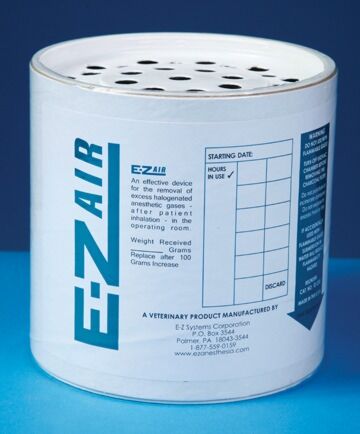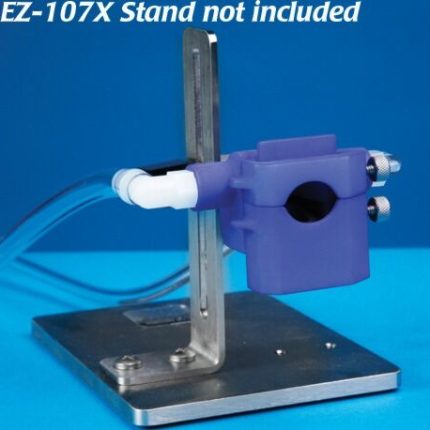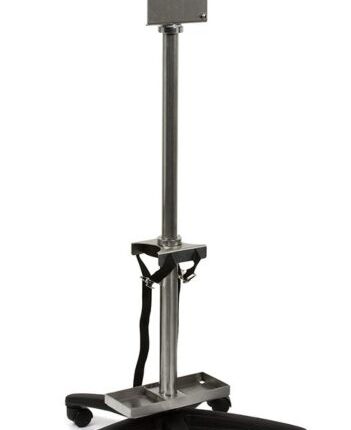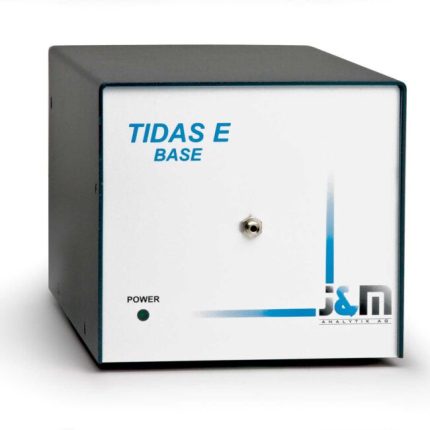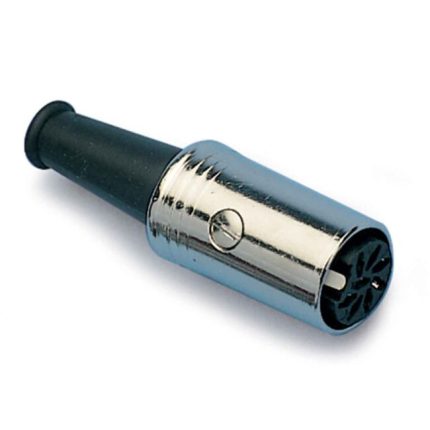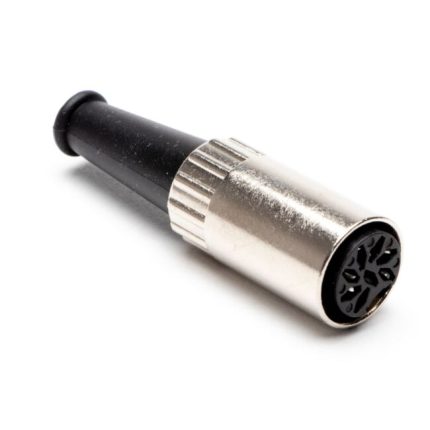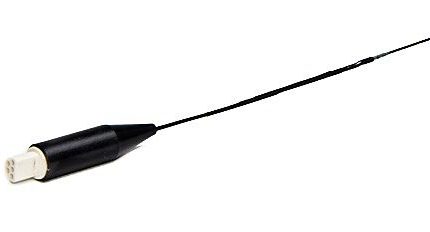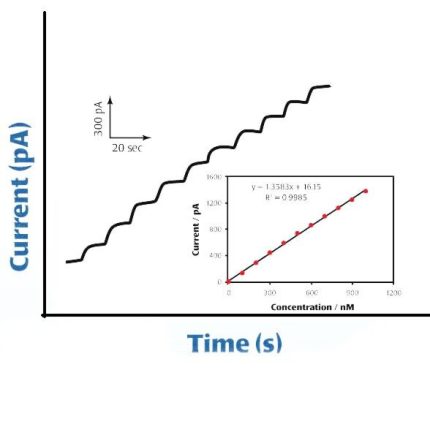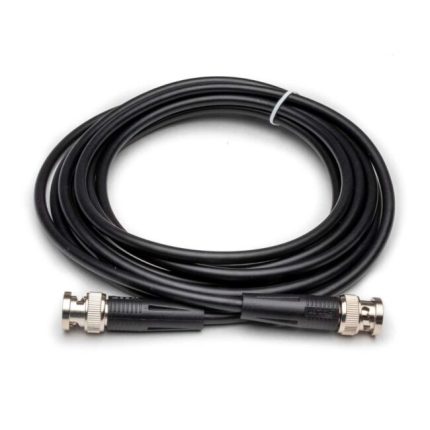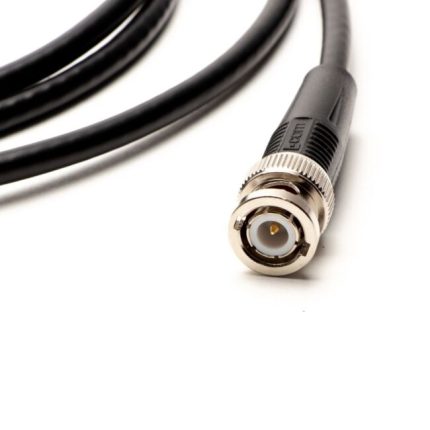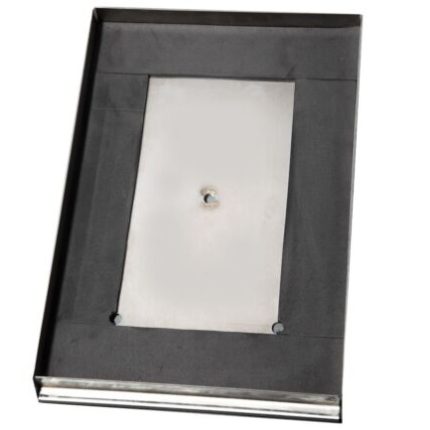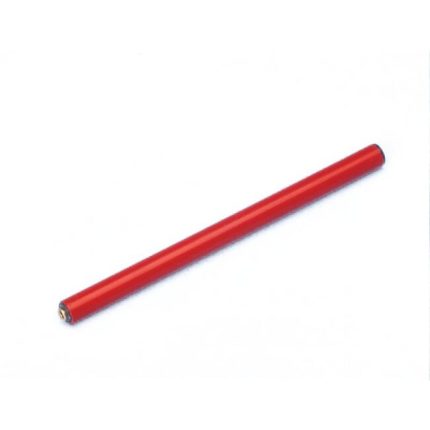BioVac Filter for Anesthesia
- For use with EZ-BioVac Anesthesia Chamber EZ-175
- Charcoal Filter
- Case of 6
Сatalog number:
EZ-255
Categories: Anesthesia Accessories, Anesthesia Systems, Instruments/Platform
Shipping & Delivery
Related products
Tidas-E Base Series Photo Diode Array Spectrometer
WPI’s Tidas series is a high end fiber-optic spectrometer module designed for low noise applications. The Tidas series outperforms conventional bench-based spectrophotometers and CCD-based spectrometer modules, when it comes to high precision fiber optic sampling. It relies on a monolithic optical bench made by Zeiss, which is optimized for fiber optic applications. Most cuvette-based standard spectrometers lose more than 90% of light through expensive prism decoupling. The Tidas series is designed for fiber optic sampling cells. Using suitable light sources and sample cells, spectral detection in the wavelength range of 190 to 1100 nm can be performed at noise levels < 0.04 mAU peak to peak.
Connector, adapts WPI Transducers to non-WPI equipment
ISO-NOPF Flexible Nitric Oxide Sensor
Analyzers, Amplifiers, Instruments/Platform, Free Radical Analyzers, Biosensors, Nitric Oxide Sensors
ISO-NOPF electrodes are available in 100 µm, 200 µm and 500 µm diameters. Utilizing the latest advances in nano-technology and material science, scientists at WPI’s Sensor Laboratory have created these completely flexible and virtually unbreakable NO sensors. The new sensors are based on a composite graphite NO-sensing element combined with a reference electrode. The surface of the sens
BNC to BNC Cable
Our BNC-to-BNC Coaxial Cables come in a variety of lengths, from 6 inches to 10 feet, and work well with our electrophysiology equipment and meters. These cables have a metal, male BNC connector on both ends of the cable. BNC (Bayonet Neill-Concelmen) connectors have a bayonet-style locking mechanism that provides a secure connection. These coaxial cables have an impedance of 50 ohms (RG58U style). The cables have excellent shielding from electromagnetic interference and radio frequency interference, which is perfect for electrophysiology laboratories. The length of your cable can affect the signal quality, so choose the shortest cable that is long enough for your application. Learn More

